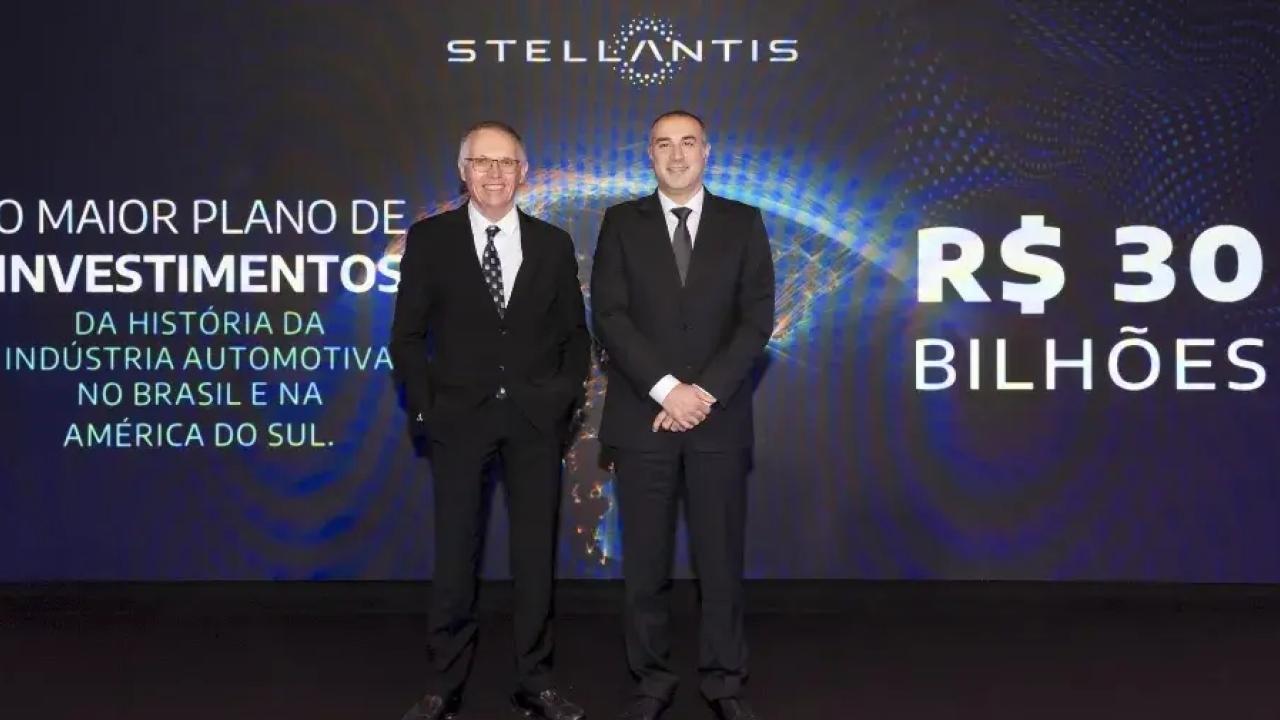
The investment is the largest in the automotive industry in South America and will support more than 40 new products, the development and production of decarbonization technologies and new opportunities.
Stellantis has announced this Wednesday a record investment plan for the South American region for a total of US$6,058 million from 2025 to 2030, making this the largest investment in the history of the Brazilian and South American automotive industry, notes the company in a statement.
The planned investments will support the launch of more than 40 new products during the period, as well as the development of new biohybrid technologies, innovative decarbonization technologies across the automotive supply chain and new strategic business opportunities, details the firm.
Stellantis also notes that this investment reinforces its leadership in the region, strengthens the development of local industry and accelerates the achievement of the long-term strategic plan "Dare Forward 2030", as the region maintains its leadership in offering clean, safe and affordable mobility. in Brazil and South America.
"This announcement reflects our confidence and commitment in the future of the South American automotive industry and is a response to the favorable business environment here," says Stellantis CEO Carlos Tavares.
As part of its 'Dare Forward 2030' strategic plan, Stellantis is investing more than $54 billion in electrification over the next decade and is on track to become a net-zero carbon corporation by 2038, all across the board. with a single-digit percentage offset of the remaining emissions.
NEW PROPULSION SYSTEMS WITH BIOHYBRID TECHNOLOGIES
Stellantis also details that one of the beneficiaries of this investment is the cutting-edge 'Bio-Hybrid' technologies, which combine electrification with hybrid engines powered by biofuels (ethanol) at three different levels.
Stellantis' facility in Betim, Brazil, is the company's global center of expertise in biohybrid technology. Under the Fiat brand, the company explains that it was a pioneer in the development and application of biofuel engine technology, which used 100% ethanol. In the future, the region will also produce a battery electric vehicle (BEV).
The production of the first vehicles equipped with 'Bio-Hybrid' technology is flexible and can be integrated into various models manufactured by Stellantis. It is compatible with all the company's production lines in the region, he points out.
These new technologies include biohybrid transmissions, biohybrid electrified dual-clutch transmissions (eDCT), plug-in biohybrids, and BEV (100% electric). The new hybrid technologies will begin to be available at the end of 2024.
GROWTH IN SOUTH AMERICA
Finally, Stellantis claims that it is the leader in the three main markets in South America: Brazil, Argentina and Chile. Last year, the company's total sales in the region exceeded 878,000 vehicles, with a market share of 23.5%.
The company also claims that it is the sales leader in Brazil with a market share of 31.4% and maintains leadership in sales of light commercial vehicles in South America, with a market share of 28.6%. Fiat is the best-selling brand in Brazil and South America, and the Fiat Strada pickup truck is the best-selling vehicle in the country and the region.
With this investment, Stellantis assures that "it will be increasingly prepared to design, develop and produce modern automobiles in the region, while expanding its business."
In Argentina, for example, the company acquired a 19.9% stake in Argentina Litio y Energía, "a significant step" toward establishing a sustainable battery materials group to meet the electrification goals outlined in its global plan.
Furthermore, with the acquisitions of the companies Norauto and DPaschoal, Stellantis has become the largest auto parts distributor in South America and has plans to further expand its presence in the aftermarket segment, he concludes.









